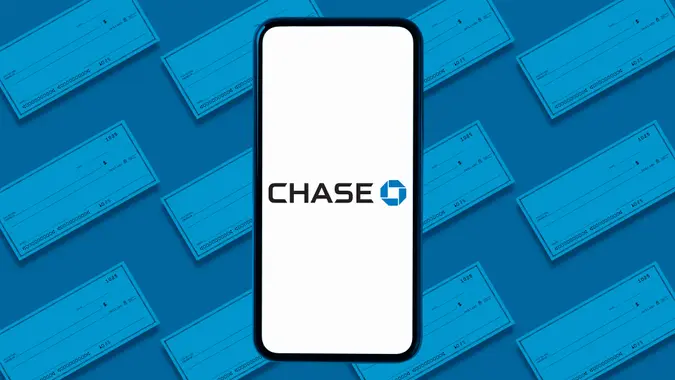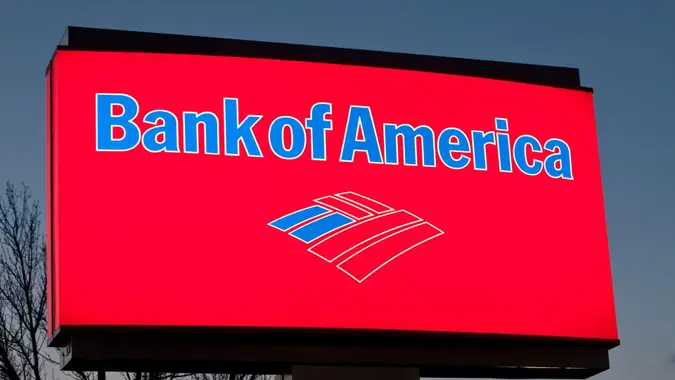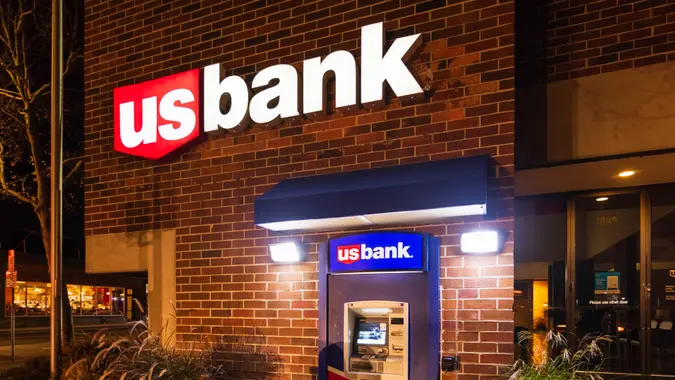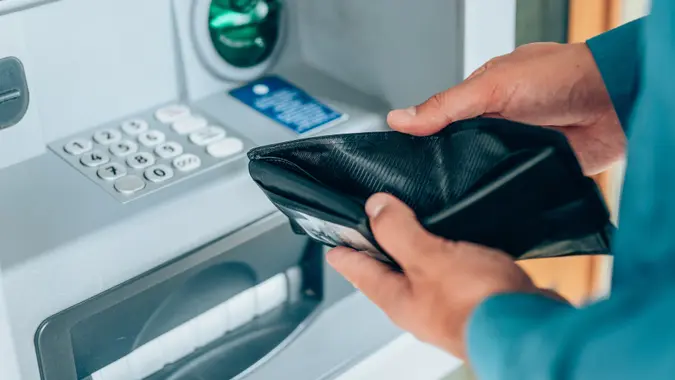What Happens if You Endorse a Check Below the Line?

Commitment to Our Readers
GOBankingRates' editorial team is committed to bringing you unbiased reviews and information. We use data-driven methodologies to evaluate financial products and services - our reviews and ratings are not influenced by advertisers. You can read more about our editorial guidelines and our products and services review methodology.

20 Years
Helping You Live Richer

Reviewed
by Experts

Trusted by
Millions of Readers
Endorsing a check correctly is just as important as knowing how to write one in the world of banking and financial transactions. A frequently asked question is what happens if you accidentally endorse a check below the specified line. Misplacing your signature can have significant implications on the check’s processing. Keep reading to understand how this mistake might affect your transaction and what steps you can take if it happens.
What Happens if You Endorse a Check Below the Line?
Endorsing a check below the designated endorsement area, typically marked with lines and instructions on the back of the check, can lead to processing delays or potential rejection by the bank. This designated space is crucial for maintaining consistency in check processing and preventing fraudulent activities. If your signature is placed outside this area, it disrupts the standard procedure and can create complications in the transaction process.
Why Proper Endorsement Matters
Proper endorsement of a check is crucial for the seamless processing of your transaction. Here’s a closer look at why it matters:
- Security measures: Banks follow standardized procedures to ensure the security and authenticity of transactions. Endorsing a check in the correct area is part of these security measures.
- Avoiding processing delays: An incorrectly endorsed check can be flagged for further review, leading to delays in clearing the check.
- Preventing fraud: Proper endorsement areas help in preventing fraudulent alterations or unauthorized signings on checks.
The Correct Way To Endorse a Check
To avoid any issues with your check, it’s important to endorse it correctly. Here are the steps:
- Find the endorsement area: Look for the designated lines or instructions on the back of the check.
- Sign within the lines: Sign your name as it appears on the front of the check, within the specified area.
- Add restrictions if necessary: If desired, you can add restrictions such as “For Deposit Only” above your signature.
Final Take
Endorsing a check below the line might seem like a minor error, but it can lead to processing challenges. It’s crucial to adhere to the standard procedure for endorsing checks to ensure smooth and secure transactions. This attention to detail is just as important as knowing how to write a check properly, as both actions are integral to handling checks correctly.
FAQ
Here are the answers to some of the most frequently asked questions about check endorsement.- Can you endorse a check below the line?
- Technically, you can endorse a check below the line, but it's not recommended. Banks may have specific guidelines requiring endorsements to be made in the designated area on the back of the check for security and processing purposes.
- What happens when you write below the line on a check?
- Writing below the line on a check, especially if it's in the endorsement area, can lead to processing delays. The bank might need additional verification or may even reject the check if the endorsement doesn't meet their standard criteria.
- Does it matter where you endorse a check?
- Yes, it matters where you endorse a check. Banks typically require that checks be endorsed in the designated area on the back. This standardization helps with efficient processing and fraud prevention. Endorsing a check in the wrong place can result in delays or rejection of the check.
Editor's note: This article was produced via automated technology and then fine-tuned and verified for accuracy by a member of GOBankingRates' editorial team.
 Written by
Written by 























